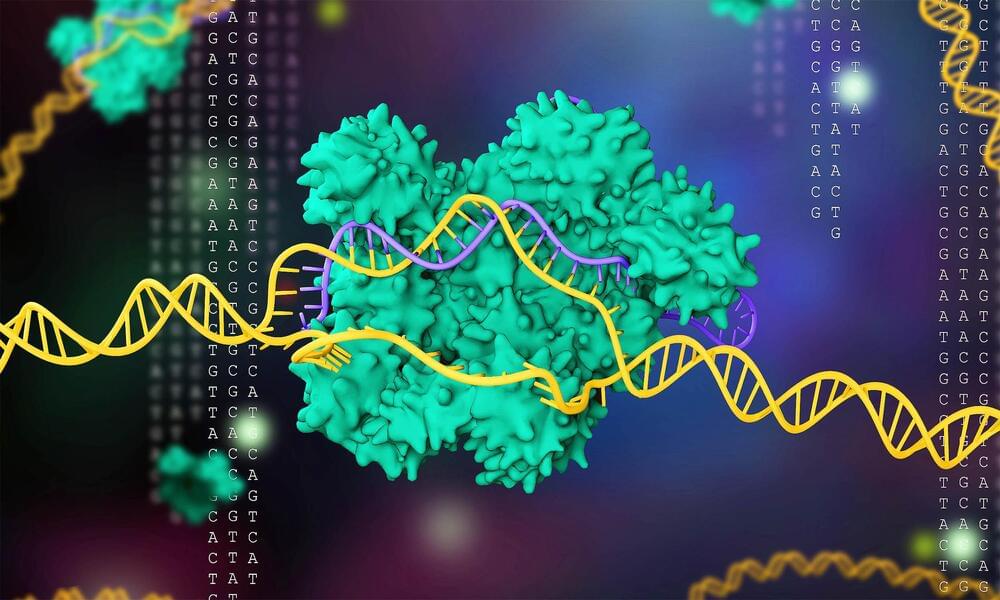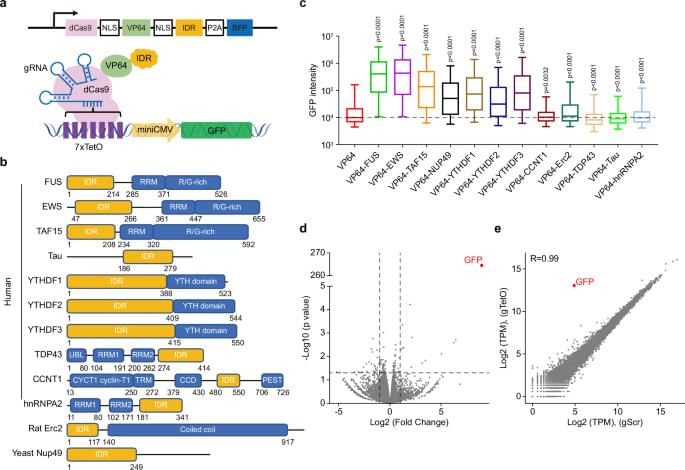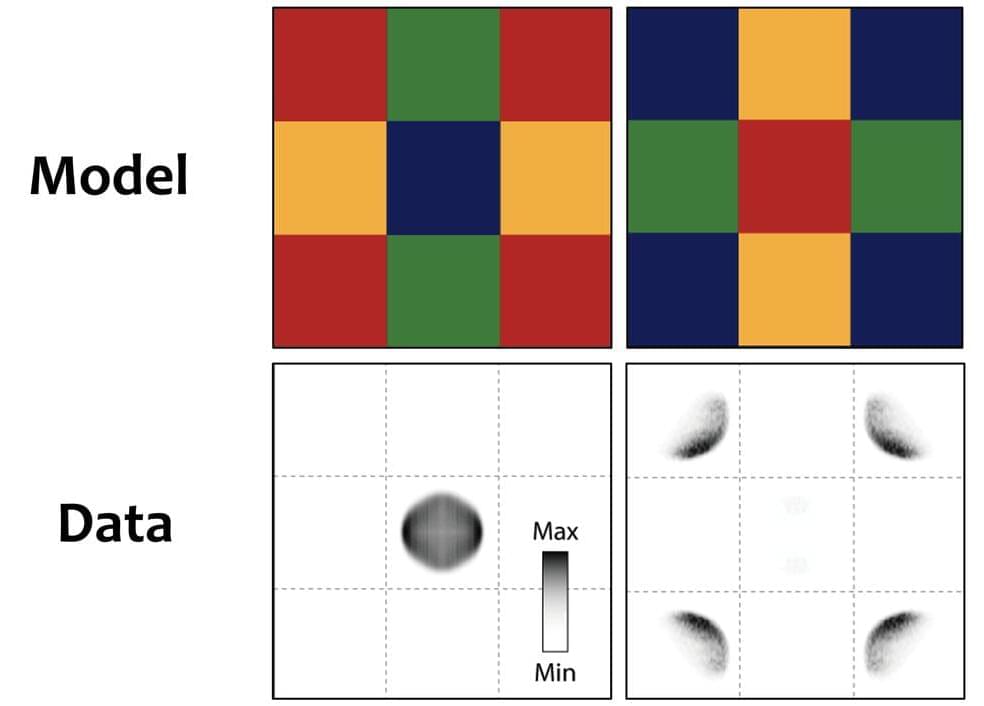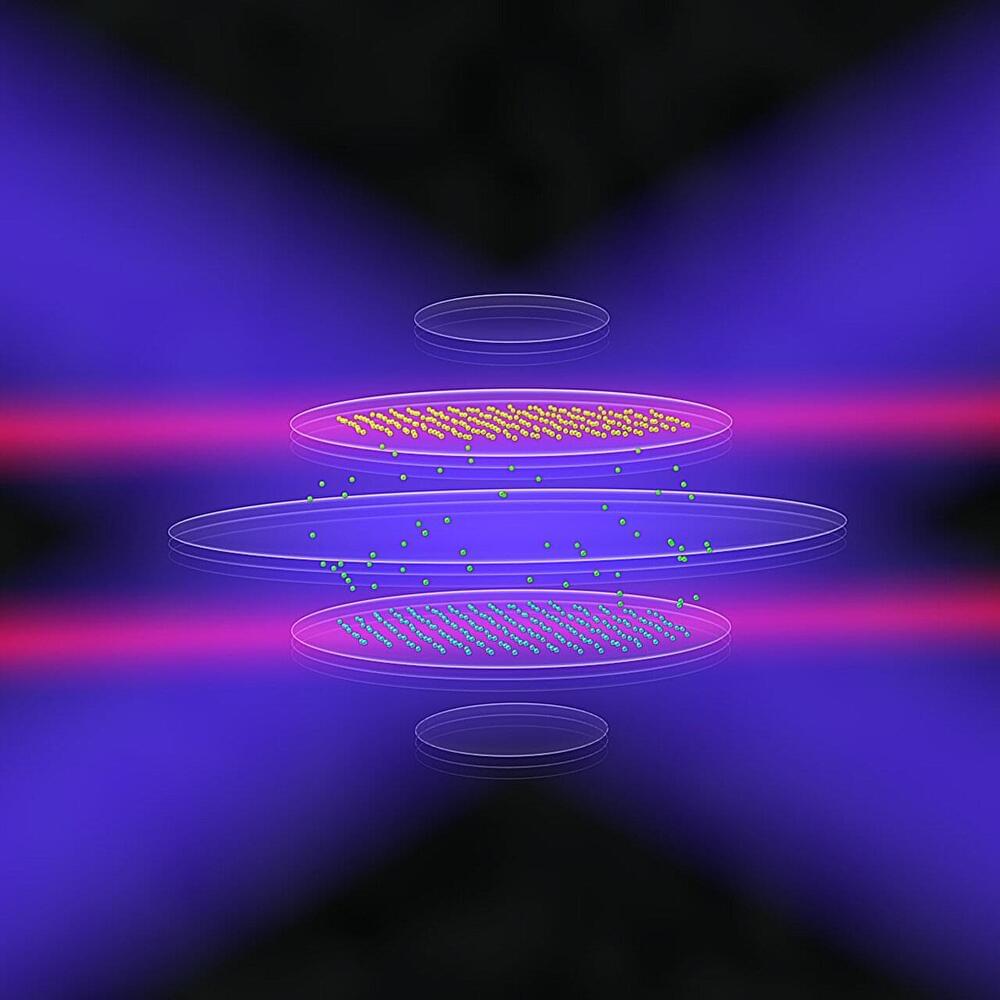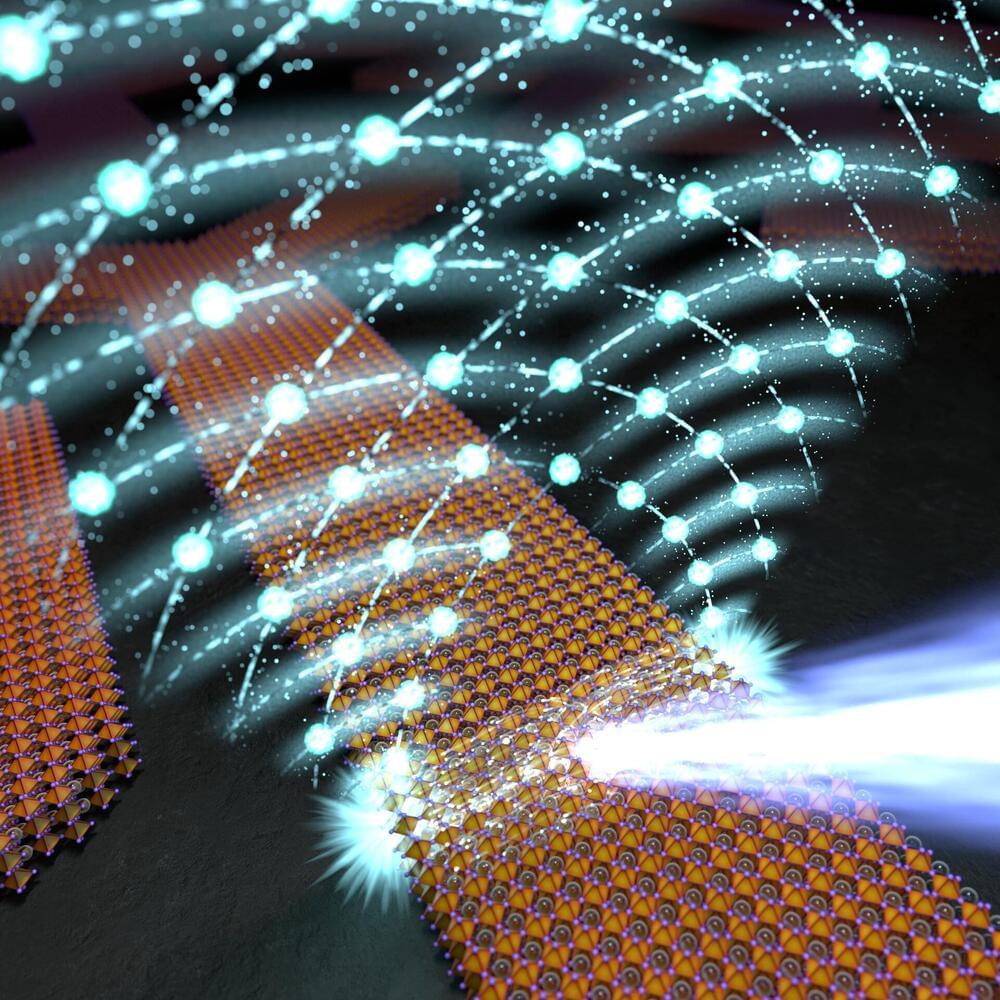AI is shaking up industries — and software engineering is no exception.
In a leaked recording of a June fireside chat obtained by Business Insider, Amazon Web Services CEO Matt Garman reportedly told employees that AI is changing what being a software engineer means —and essentially changes the job description.
“If you go forward 24 months from now, or some amount of time — I can’t exactly predict where it is — it’s possible that most developers are not coding,” Garman said, adding later that the developer role would look different next year compared to 2020.

